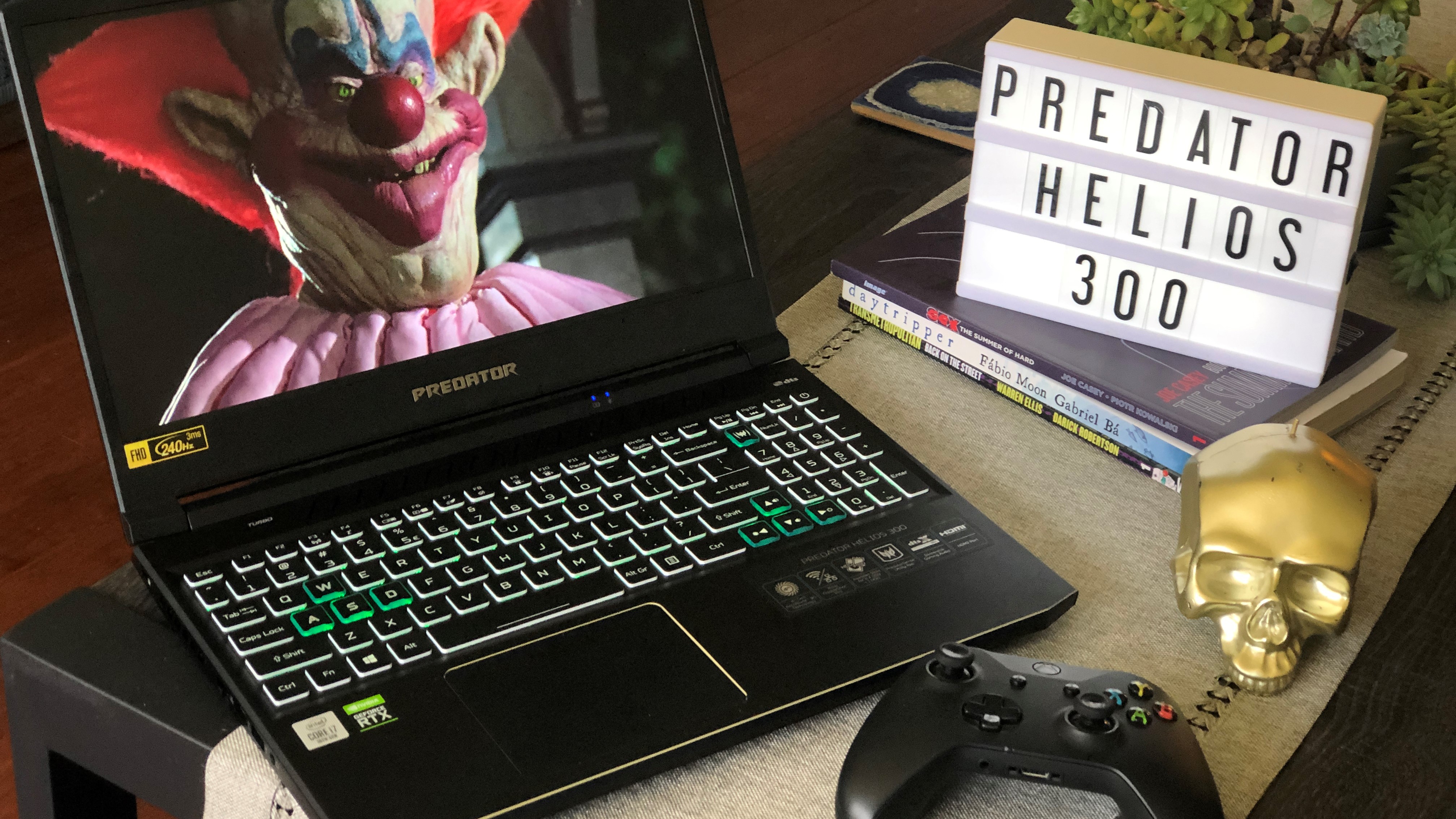

Lastly, the gasket is glued back in place. A piece of painter’s tape is helpful to hold and and apply the dust cap. Now, contact cement is applied to the edge of the new dust cap and pressed over the voicecoil to reseal the assembly. New foam surround installedĪfter letting these glue joints dry for an hour or two, we can remove the shims and check to see that the speaker cone moves freely. Before pressing the outer edge of the new foam surround into the glue, it’s good to make sure the speaker cone is resting in a neutral position (not flexed in or out) by observing that the spider (the webbing between the outside of the cone and the inner part of the motor) is flat. This is to center and stabilize the speaker assembly.Ī bead of contact cement is now applied to the steel basket where the gasket was removed. Four paper shims are now slid between the magnet and voicecoil. Once removed, the inner magnet piece and the inside of the voicecoil become visible. Extreme care must be used to avoid damaging either the cone or the tiny wires leading to the voicecoil. This is done by cutting a circle in the dust cap, just inside the inner edge of the cone. The glue will become tacky in a few minutes, and you apply the new foam surround taking care to center it on the cone. Now, a bead of contact cement is applied to the outer edge of the cone, using the glue nozzle to spread the bead to the approximate width of the foam edge. Contact cement applied to outer edge of cone I used an automotive gasket scraper with success. They came out easily, and much of the remaining glue can be removed with a scraper. Next, the outer gasket is removed by cutting the glue bead between the steel basket and the gasket. Care must be taken to not damage the cone, or the repair becomes much more expensive. In my case they mostly just crumbled when I began cutting them away from the cone. The old foam surrounds must first be removed. Just a sharp utility knife and some patience. The process is straightforward and doesn’t require any exotic tools. The $20 kit for the pair of speakers arrived in a few days. With parts available and videos showing the process, I was ready to start. I was especially happy to find replacement parts, including a woofer refoaming kit for my 4408’s now-destroyed surrounds. They provide reconing and other repair services for a range of classic speakers. Sending the 4408s to a Dallas repair shop seemed too extravagant. I had almost resigned myself to replacing them when an Internet search turned up a number of speaker repair options. It’s a gradual thing, and one doesn’t realize it’s happening until something, like the foam woofer surrounds, develop cracks and then catastrophically fail.

Time had not been kind to them however, and parts deteriorated over the years. Many mixes were made on these studio workhorses. With an 8-inch woofer, titanium-dome tweeter and weighing in at 26 pounds, they’re substantial. During the era I fell in love with JBL speakers and eventually paid too much for a pair of 4408 monitors. One thing doesn’t change though: the need for good studio monitor speakers. It mostly still works even though much of the 80’s-era tech has been superseded by the modern miracles we use today. Many decades later, I still have some of that gear. In this fashion, I was able to equip my studio with keyboards, mixers, recording decks and sound systems. The modest pay was also offset by the opportunity to buy gear at a discount for my own studio - never mind that that further ate into my take home. I worked mainly with keyboards and related equipment, selling dreams and repairing the equipment when the dreams failed. I was just recently out of college and the modest pay didn’t matter too much because I was living every musician’s dream: working as a musician - or at least in close proximity to working musicians. This was about a million years ago, and the store, Musicmakers Austin, is long gone.
#Ten tec triton iv review professional
In a former life, I worked in professional audio sales and service for a local music store.


 0 kommentar(er)
0 kommentar(er)
